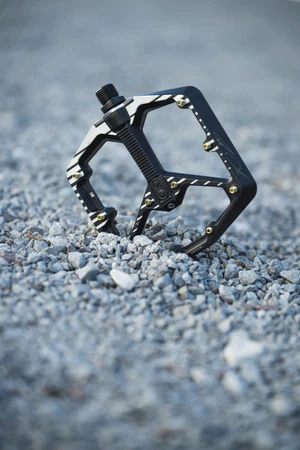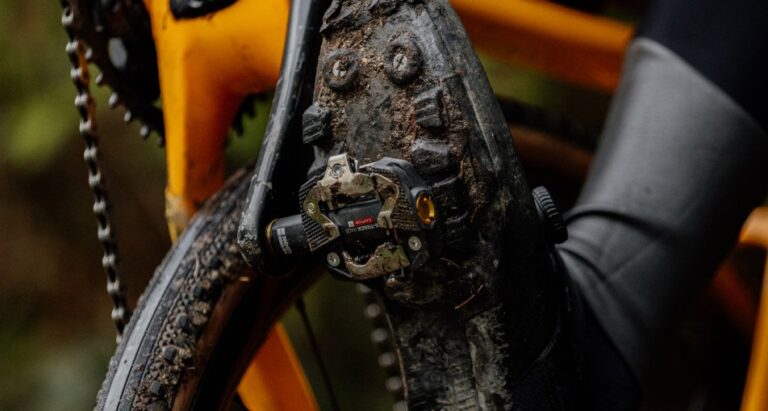Understanding Pedal Float and Its Impact on Cycling
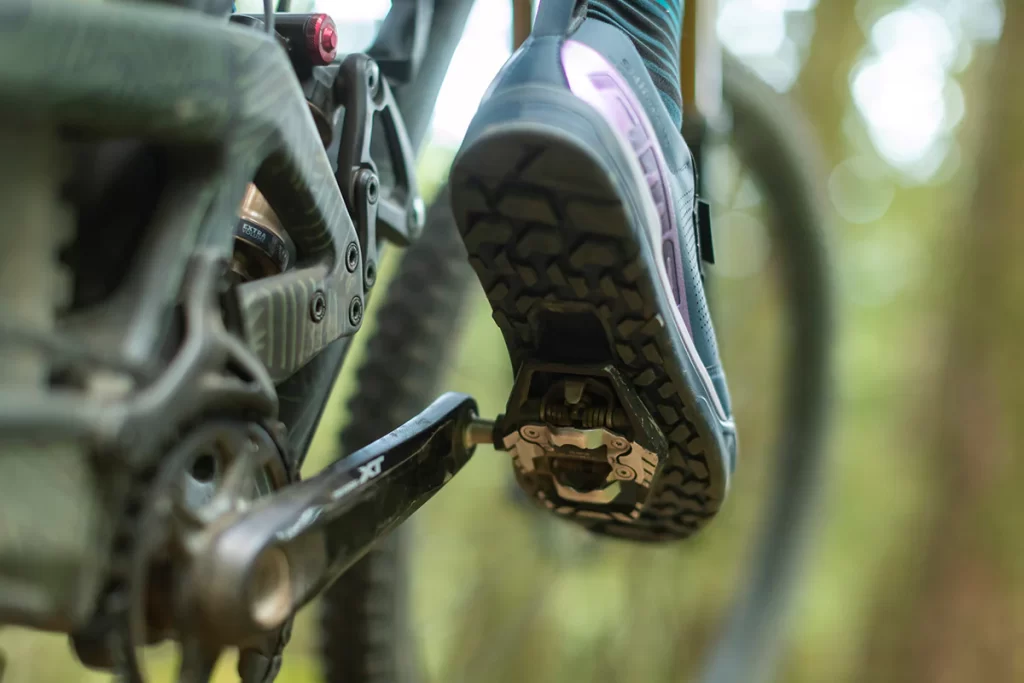
Key Point Summary of Understanding Pedal Float and Its Impact on Cycling:
- Pedal Float Defined: The degree of lateral movement allowed for your foot while it’s clipped into the pedal system.
- Cycling Efficiency: Proper use can enhance pedaling efficiency by allowing natural foot movement.
- Knee Health: Adequate float reduces the risk of knee injuries by minimizing stress on the joint.
- Personalization is Key: The optimal degree of float varies among cyclists based on riding style and biomechanics.
As a masters cyclist who’s navigated the demanding terrains of mountain biking, the unpredictable paths of gravel biking, and the strategic courses of cyclocross, the nuanced aspects of cycling gear and how they influence performance have always fascinated me. Among these, pedal float is a concept that stands out for its critical impact on cycling efficiency, comfort, and knee health.
Diving Into Pedal Float
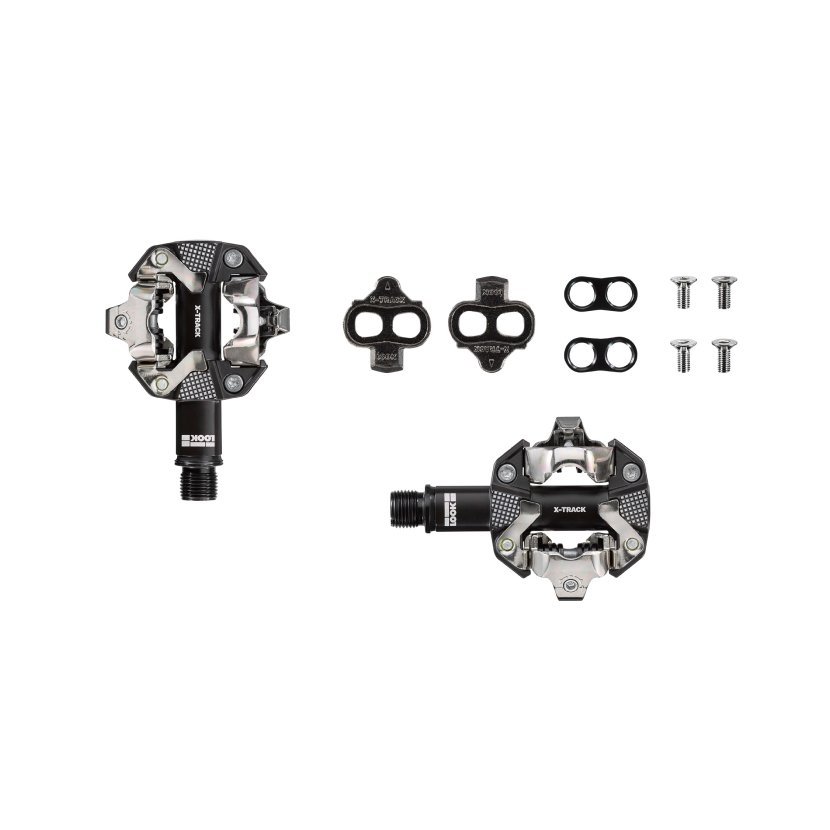
What Exactly is Pedal Float?
Pedal float refers to the range of free movement (measured in degrees) that your foot can move side to side without unclipping from the pedal. This feature is inherent in clipless pedal systems and is crucial for aligning pedaling style with joint health. The float allows your feet to pivot to their natural angle during the pedaling cycle, catering to the body’s need for slight adjustments in foot position.
The Role of Pedal Float in Cycling Efficiency
Efficiency in cycling is not just about how much power you can output but also about how effectively you can sustain that power while minimizing fatigue and avoiding injury. It plays a pivotal role here by accommodating your foot’s natural movement. Without adequate float, you might find yourself fighting against the pedal system, leading to inefficiencies in power transfer and increased fatigue. The right amount of float allows for a smoother, more natural pedaling motion, thereby enhancing efficiency.
Pedal Float and Knee Health
Knee health is paramount for cyclists. The repetitive motion of pedaling, especially under load, puts significant stress on the knee joints. A lack of appropriate float forces the knee to conform to the pedal’s fixed position, which can exacerbate or lead to injuries. Adequate float allows the knee to track naturally, reducing the lateral stress that can cause conditions like IT band syndrome, patellar tendonitis, or other overuse injuries. It’s a feature that has undoubtedly saved many cyclists, myself included, from unnecessary discomfort and injury.
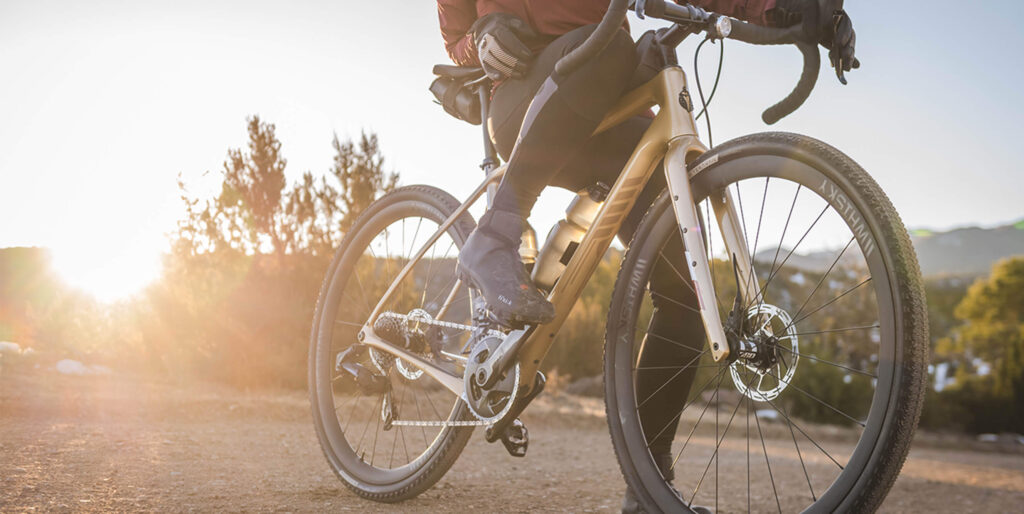
Finding Your Optimal Float
The ideal degree is highly individual and can vary based on factors like riding style, biomechanics, and personal preference. Some cyclists thrive with a high degree of float, enjoying the freedom it provides for natural foot positioning. Others prefer a more restricted range, seeking the stability and precise control it offers, especially during high-power efforts or sprints. Experimentation is key to finding your sweet spot. Most pedal systems offer adjustable float or different cleat options to cater to this need.
Pedal Float in Practice
Incorporating the concept into your cycling setup involves choosing the right pedals and cleats and then adjusting them to suit your needs. Look for systems that offer adjustability in float to fine-tune your setup. Pay attention to how different degrees of float affect your comfort, efficiency, and knee health over time.
Understanding Pedal Float and Its Impact on Cycling: Parting Thoughts
The journey of mastering the nuances of cycling includes understanding and optimizing every component of your gear to suit your body and style. Pedal float, though often overlooked, is a critical element that can significantly impact your cycling experience. By finding the right balance, you can enhance your pedaling efficiency, protect your knees, and enjoy a more comfortable ride.
The best setup is the one that feels right for you and supports your cycling ambitions, whether that’s conquering mountain trails, gravel paths, or the cyclocross circuit. Embrace the process of discovery and let it lead you to more enjoyable and performance-oriented cycling.
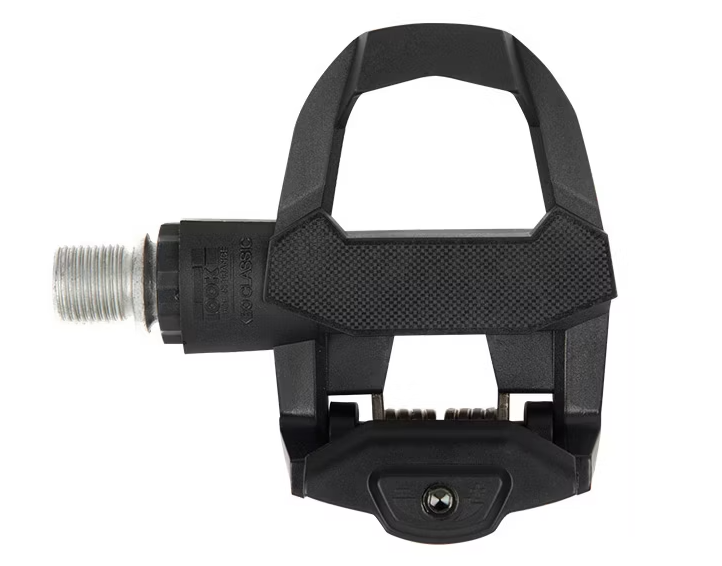
Here are some widely recommended pedals across these disciplines, known for their performance and quality:
For Mountain Biking:
- Shimano XT M8100: These pedals are a favorite among mountain bikers for their reliability, durability, and excellent mud-shedding capabilities. They offer a stable platform and adjustable tension settings for customizable engagement and release.
- Crankbrothers Eggbeater: Known for their minimalist design, these pedals are incredibly lightweight and offer 4-sided entry for easier clip-in, making them ideal for technical off-road conditions. They also provide good mud clearance.
For Gravel Biking:
- Shimano PD-M520: These are a great value for gravel riders, offering the durability and performance Shimano is known for, at a more affordable price point. They provide a dual-sided entry and adjustable tension.
- Look X-Track Race Carbon: These pedals offer a wide contact area for efficient power transfer, making them suitable for gravel riding’s varied terrain. They combine the benefits of a light carbon body with a robust design.
For Cyclocross:
- Time ATAC XC 6: Time’s ATAC system is favored for cyclocross due to its ease of entry and exit, self-cleaning design, and adjustable tension. The pedals offer a degree of float, which is beneficial for knee health.
- Shimano PD-M540: Similar to the M520 but with a slightly lighter design, these pedals offer reliable performance and durability with easy engagement and release, which is crucial for cyclocross racing.
General Considerations:
When choosing pedals, consider the type of cleats they are compatible with, as this will affect your shoes’ compatibility and the amount of float available. Float preferences can vary widely among cyclists, with some requiring more freedom of movement to maintain knee health and others preferring a more locked-in feel for better power transfer. Additionally, consider the pedal’s weight, ease of entry and exit, and how well they shed mud and debris, especially if you’re into off-road cycling disciplines like mountain biking and cyclocross.
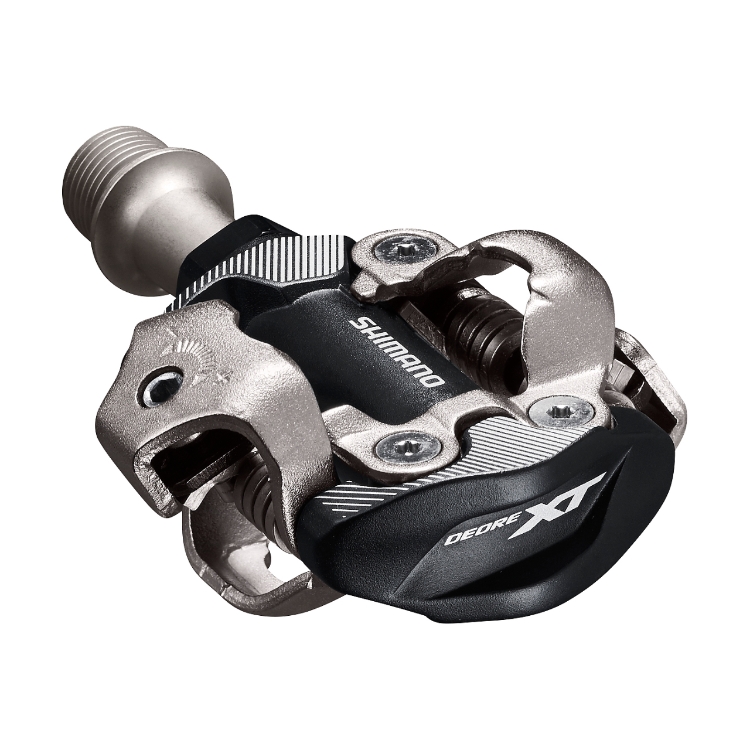
FAQ
Is more cleat float better?
More cleat float isn’t universally better; it depends on the cyclist’s preference, pedaling style, and knee health. Some cyclists benefit from more float to reduce joint stress, while others prefer less for better control and power transfer.
What is float in cycling pedals?
Float in cycling pedals is the amount of lateral and angular movement allowed for your foot while it’s clipped into the pedal. It lets the foot pivot to a natural angle during the pedal stroke, which can help prevent knee pain and injuries.
What does 6 degree float mean?
A 6 degree float means that the cleat (and therefore your foot) can rotate 6 degrees to either side before unclipping from the pedal. This provides a middle ground between too much and too little movement, suitable for many cyclists.
How do you get the perfect pedal stroke for better cycling?
To achieve a perfect pedal stroke, focus on maintaining a smooth, circular motion with even power distribution throughout the stroke. Practice engaging your muscles in all phases of the stroke, including the upstroke. Proper bike fit, consistent training, and exercises that improve leg strength and flexibility can also help optimize your pedal stroke for better cycling efficiency and performance.
Ride on
John


